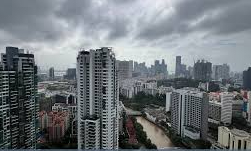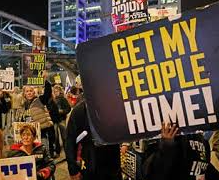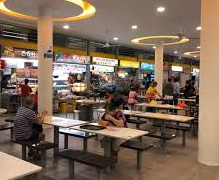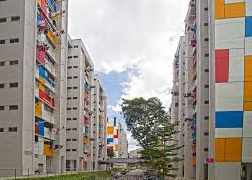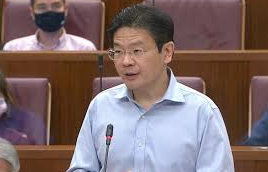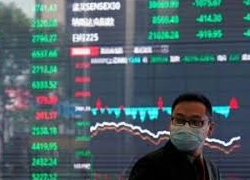As demographics and living costs evolve, so too should the definition of affordability.
SINGAPORE: During his inaugural May Day Rally on May 1st, 2023, Deputy Prime Minister Lawrence Wong commented on the affordability of Build-to-Order (BTO) flats in Singapore. He argued that BTO flats remain affordable, highlighting that the proportion of a household’s income spent on housing loans has remained under 25 percent, similar to the levels seen in the 1980s.
But while his assertion about affordability might seem reasonable on the surface, many Singaporeans are less convinced. Housing prices have risen dramatically over the years, but wages have also increased, leaving many wondering if “affordability” still resonates with the average citizen.
Is Single-Income Living Still Viable?
The modern-day household is increasingly relying on dual incomes. According to the 2020 census, 52.5% of households now have both parents working, up from 47.1% in 2010. This shift reflects a changing economic landscape where both partners contribute to the family’s financial stability.
Yet, despite the growth in household income, is it still realistic to expect a single-income household to comfortably afford a home? For instance, with the median monthly income of an individual in 2022 standing at $5,070, a single person might find it difficult to manage a home loan, whereas a dual-income household earning $9,000 could more easily navigate the same costs.
The Alternatives: Resale Flats and Rentals
While BTO flats are available, they are not the only option. But alternatives, like resale flats and rental properties, are becoming increasingly expensive. In 2022, private residential rents surged by nearly 30%, marking the sharpest increase since 2007. The HDB rental market saw similar trends, with rents up 26.8% in March 2023 compared to the previous year. This makes private rentals unaffordable for many, especially young couples just starting out.
Moreover, those who opt for resale flats face similar challenges. Prices have been steadily rising, with HDB resale prices up 8.3% year-on-year as of March 2023. This leaves young homebuyers caught between the high demand for BTO flats and soaring resale prices.
Affordability for All, Not Just the Majority
While some families with combined incomes above the median of $9,000 may be able to comfortably service their home loans, what about households with lower incomes? Housing affordability needs to be inclusive of all, not just the majority. Lower-income families, single-income households, and young couples may struggle to meet the threshold.
Thankfully, the government has introduced grants to assist those below the median income level. However, some Singaporeans remain unsatisfied. Concerns over the limited supply of BTO flats continue to drive up prices, and there is a sense that increased government grants may merely fuel price hikes in the resale market.
The Relative Nature of Affordability
Affordability is inherently relative. Even if housing prices have risen proportionally to incomes since the 1980s, inflation and rising living costs have added new pressures. Today’s household faces different financial challenges than those of the past.
While the proportion of income spent on housing may remain stable, the rising costs of living, healthcare, and education mean that housing may not feel as affordable as it once did. While this model may seem logically sound, it does not fully reflect the current economic realities for most Singaporeans.
Ultimately, being proportional does not equate to being affordable. The shifting needs of households and the evolving economy suggest that a new approach to defining affordable housing is necessary in Singapore.
